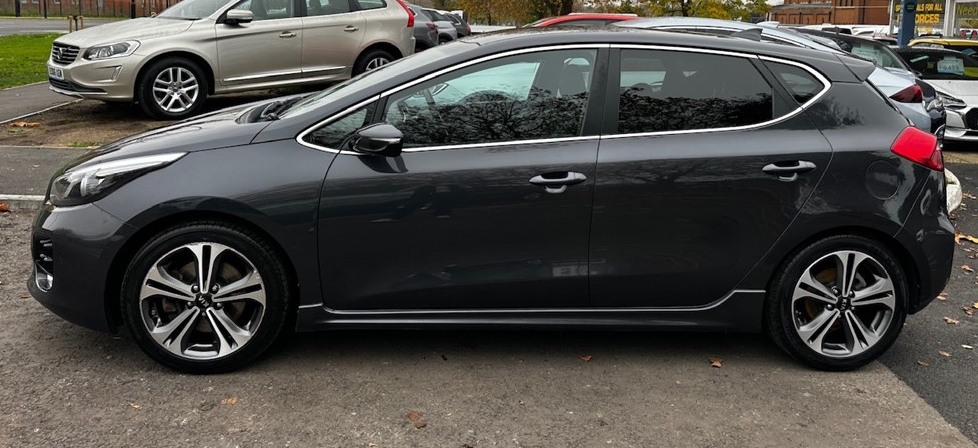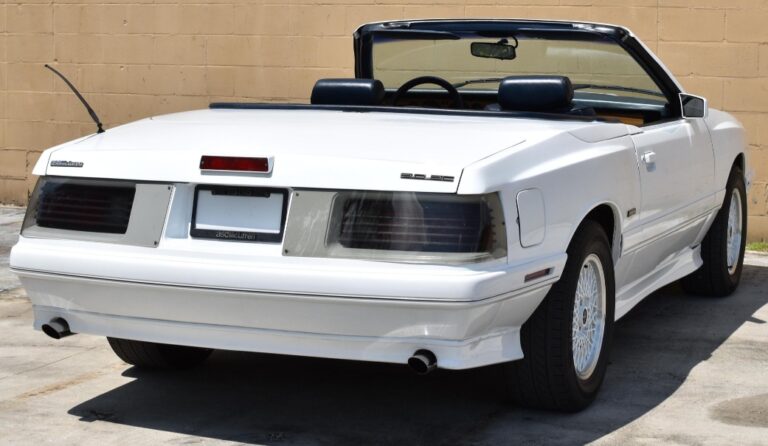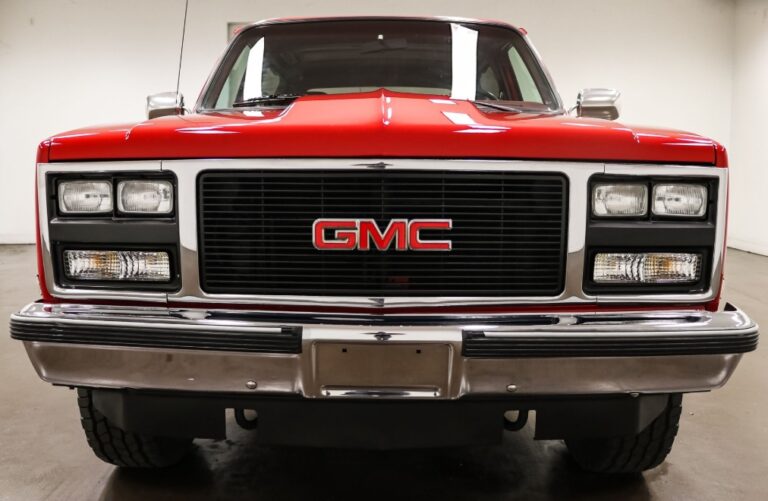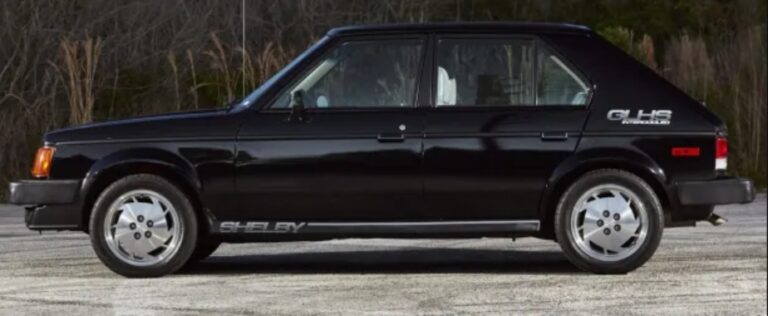From Challenger to Contender: The Complete Evolution of the Kia Ceed
In the landscape of automotive history, few cars so perfectly encapsulate a brand’s transformation as the Kia Ceed. Before its arrival, Kia was largely perceived in Europe as a builder of durable but uninspired budget vehicles. The Ceed was the declaration of a new era; a meticulously planned European challenger designed, engineered, and built on the continent, for the continent. It was the car that forced rivals—and consumers—to take Kia seriously. This is the story of its evolution, from a plucky upstart to a sophisticated and diverse family of cars that stands shoulder-to-shoulder with the best in its class.
First Generation (ED): The Game-Changer (2006-2012)
The car that started it all made its public debut at the 2006 Paris Motor Show. Its name, “cee’d,” was an acronym for Community of Europe, with European Design, a clear statement of intent. Developed under the codename “ED,” this was Kia’s first vehicle designed entirely in Europe, at their R&D centre in Rüsselsheim, Germany, with production handled at a state-of-the-art facility in Žilina, Slovakia.
The Mission: The cee’d was tasked with a monumental challenge: to steal sales from the established titans of the C-segment, namely the Volkswagen Golf, Ford Focus, and Vauxhall/Opel Astra. To do this, Kia didn’t just aim for parity; it aimed to excel in key areas. The design was overseen by the legendary Peter Schreyer, who had been famously poached from the VW Group. His influence brought a new level of sophistication and style to the brand.
However, the cee’d’s ultimate trump card was its industry-shaking 7-year, 100,000-mile warranty. This was a masterstroke of marketing and a profound statement of confidence in the car’s quality and reliability. It single-handedly dismantled preconceived notions about the brand and gave buyers a compelling, risk-free reason to try something new.
Models and Body Styles: The first generation was a comprehensive family from the outset:
cee’d (5-door Hatchback): The core model and biggest seller, launched in late 2006.
cee’d_sw (Sportswagon): An estate version launched in 2007, offering impressive practicality and space.
pro_cee’d (3-door Hatchback): Arriving in early 2008, this was a sportier, more stylish take on the hatchback, featuring a lower roofline and unique rear-end styling.
Trim Levels and Powertrains: The trim structure was straightforward, designed for clarity. In markets like the UK, it typically followed a sequence of ‘1’, ‘2’, and ‘3’, or lettered grades like GS, LS, and TS. Higher numbers or letters denoted more equipment. Special editions like the SR and SR7 were also common, adding extra kit for a value price point.
Entry-level trims (‘1’, GS): Focused on the essentials like air conditioning, electric front windows, and a CD player with USB/AUX inputs.
Mid-range trims (‘2’, LS): Added alloy wheels, fog lights, steering wheel controls, and upgraded interior trim.
High-end trims (‘3’, TS): Packed in features like larger alloys, climate control, cruise control, and leather upholstery accents.
The engine lineup was a mix of dependable petrol and frugal diesel units:
Petrol: 1.4-litre and 1.6-litre CVVT engines.
Diesel: A highly popular 1.6-litre CRDi (offered in two power outputs) and a more powerful 2.0-litre CRDi.
The 2009 Facelift: In late 2009, the cee’d received a significant facelift. The most notable change was the introduction of Kia’s new corporate grille, the “Tiger Nose,” a signature Schreyer design element that would define the brand’s look for the next decade. The update also brought revised bumpers, new headlight and taillight designs, a redesigned steering wheel, and improved interior materials, keeping the car fresh and competitive for the remainder of its production run.
Second Generation (JD): The Refined Competitor (2012-2018)
Building on the phenomenal success of the ED, the second-generation cee’d (codename “JD”) arrived in 2012. The mission was no longer simply to compete; it was to lead. Kia had proven its quality, and now it aimed to impress with superior design, technology, and driving dynamics.
The apostrophe remained, but the car was a world away from its predecessor. The design was sharper, more athletic, and visibly more premium. The interior took a huge leap forward, with a driver-focused cockpit, soft-touch materials, and a level of fit and finish that genuinely worried its German rivals. The 7-year warranty remained, but it was now a reassuring quality mark rather than a necessary sales tool.
Models, Body Styles, and a Performance Hero: The core family continued, but with a significant evolution for the 3-door model:
cee’d (5-door Hatchback): The heart of the range, now with a more dynamic and mature design.
cee’d Sportswagon: The estate model became even more stylish and capacious.
pro_cee’d (3-door Hatchback): This model became far more distinct, with a dramatic, coupe-like roofline and muscular haunches that made it one of the best-looking cars in its class.
The big news for this generation was the arrival of a true performance model in 2013:
cee’d GT / pro_cee’d GT: Powered by a 201 bhp 1.6-litre T-GDi (Turbocharged Gasoline Direct injection) engine, the GT was Kia’s first hot hatch. It featured aggressive body styling, Recaro sports seats, a sporty exhaust note, and uprated suspension and brakes. It wasn’t the most powerful hot hatch on the market, but it was a fun, well-equipped, and characterful contender that added a new dimension of excitement to the brand.
Trim Levels and Technology: The trim structure was refined, typically using a ‘1’, ‘2’, ‘3’, and ‘4’ numerical system, along with the performance-focused GT and the sporty-looking GT-Line (introduced later).
‘1’ remained the entry point, with essentials like Bluetooth and air-con.
‘2’ and ‘3’ formed the popular mid-range, adding features like a 7-inch touchscreen navigation system, reversing camera, cruise control, and dual-zone climate control.
‘4’ (and later ‘4 Tech’) was the flagship, boasting features like a panoramic sunroof, leather seats, keyless entry and start, and a premium sound system.
GT-Line: This trim offered the aggressive looks of the full-fat GT model but with the more economical standard engines, proving immensely popular.
The 2015 Facelift: The mid-cycle update in 2015 introduced subtle exterior styling tweaks but significant under-the-skin upgrades. The headline change was the introduction of Kia’s new 1.0-litre three-cylinder T-GDi engine, a downsized, turbocharged unit designed for efficiency and punchy performance. A new 7-speed dual-clutch transmission (DCT) was also made available, and the suspension and steering were retuned for a more engaging drive.
Third Generation (CD): Maturity and Diversification (2018-Present)
Launched at the 2018 Geneva Motor Show, the third-generation model (codename “CD”) marked the biggest shift in the car’s identity. The first and most symbolic change was the name: the fussy “cee’d” was retired in favour of the clean and confident “Ceed.” This was a car that no longer needed to shout about its European roots; it was an established part of the landscape.
Inspired by the design of the fastback Kia Stinger, the Ceed adopted a more sophisticated and athletic stance. The interior quality and technology took another significant step up, featuring a “floating” widescreen infotainment system and a suite of advanced driver-assistance systems (ADAS) that put it at the forefront of the mainstream class.
A Diversified Family for a Changing Market: The third generation saw Kia react astutely to evolving market trends, resulting in the most diverse Ceed family yet:
Ceed (5-door Hatchback): The stylish and tech-packed core of the range.
Ceed Sportswagon (SW): Continued its role as a hugely practical and handsome estate.
ProCeed (5-door Shooting Brake): In a bold move, Kia replaced the 3-door coupe with a stunning 5-door shooting brake. The ProCeed combined the practicality of a small estate with the jaw-dropping style of a coupe, creating a unique niche in the market. It was available exclusively in high-spec GT-Line, GT-Line S, and full GT trims.
XCeed (Crossover Utility Vehicle – CUV): Launched in 2019, the XCeed was Kia’s answer to the crossover boom. Based on the Ceed platform but with a raised ride height, rugged body cladding, and unique body panels, it offered a more adventurous style without sacrificing the hatchback’s car-like driving dynamics.
Trim Levels and Electrification: The familiar trim structure continued, with ‘2’, ‘3’, ‘GT-Line’, and the top-tier ‘GT-Line S’ forming the bulk of the range. The GT model continued on the Hatchback and ProCeed.
‘2’: Generously equipped from the start with an 8-inch touchscreen, smartphone connectivity (Apple CarPlay/Android Auto), a reversing camera, and key safety features.
‘3’: Added a larger 10.25-inch screen with navigation, dual-zone climate control, and larger alloy wheels.
GT-Line / GT-Line S: Brought the sporty aesthetics, with unique bumpers, a gloss black grille, sporty alloy wheels, and premium interior finishes. ‘GT-Line S’ often included features like a panoramic roof, JBL sound system, and a full digital instrument cluster.
The most significant evolution for the CD generation was the introduction of electrification.
Mild Hybrid (MHEV): 48V mild-hybrid technology was rolled out across the diesel and later the 1.5-litre T-GDi petrol engines to improve fuel efficiency and reduce emissions.
Plug-in Hybrid (PHEV): Available on the Ceed Sportswagon and XCeed, the PHEV powertrain combined a 1.6-litre petrol engine with an electric motor and battery pack, offering over 30 miles of pure electric range for zero-emission commuting.
The 2021 Facelift: The Ceed family received a refresh in 2021, becoming one of the first models to wear Kia’s bold new corporate logo. The update included a redesigned front bumper and grille, striking new LED headlight signatures, new alloy wheel designs, and refreshed interior technology. A new, highly efficient 1.5-litre T-GDi ‘Smartstream’ engine also replaced the older 1.4-litre unit.
.
You’ve got that cool car, but is it resting in its own cool place?
It’s visually pleasing for the surrounding areas outside of your home to look as awesome as what’s stored inside your garage! If you desire a truly inspirational environment, you should check into these plans!

.
Conclusion: A Legacy of Ambition
From its audacious debut in 2006 to the diverse and sophisticated family it is today, the Kia Ceed has been more than just a car; it has been the engine of a brand’s renaissance. Each generation has systematically dismantled barriers and exceeded expectations. The first generation established credibility with its warranty and quality. The second added flair, performance, and technological refinement. The current third generation demonstrates a confident maturity, embracing stylish diversification and future-proof electrification.
The journey of the Ceed is a testament to focused ambition. It proved that with the right investment in design, engineering, and a deep understanding of its target market, a challenger brand could not only compete with the established order but also earn a respected place among them. The Ceed didn’t just change Kia; it changed the perception of what a modern family car could, and should, be.







